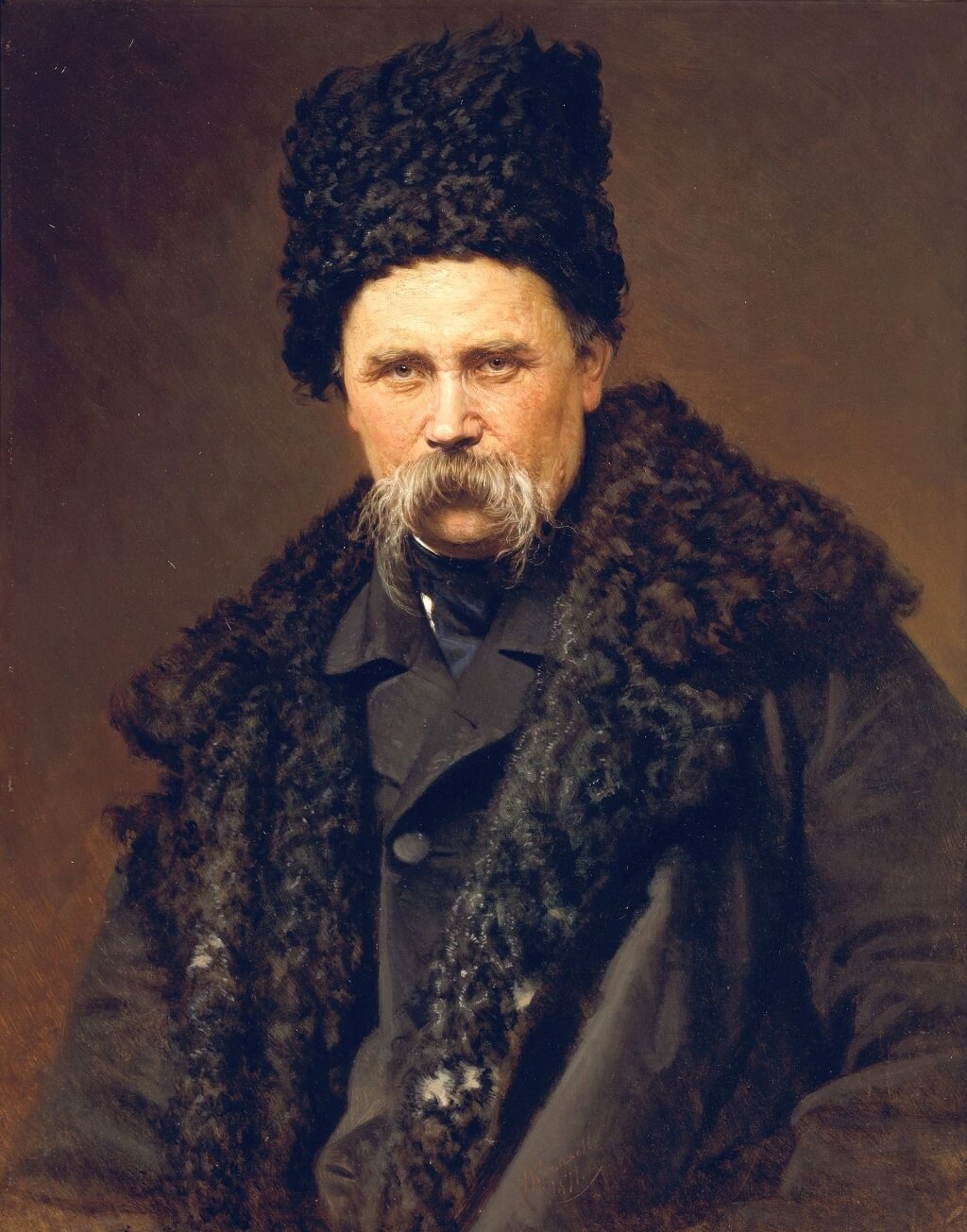Marco Levytsky, Editorial Writer.
Every year, around March 9 (the date of his birth in 1814) and March 10 (the date of his death in 1861), Ukrainians throughout the world celebrate the life and legacy of Ukraine’s National Bard, Taras Shevchenko. Several events are held in his honour at this time, the most common being concerts featuring his poems set to music with recitations and short dramatizations added for good measure. But there are also other commemorations such as lectures in his name and so on.
Shevchenko’s legacy is global. Approximately 1,060 monuments of Shevchenko himself, towns, villages, museums, schools, and theatres named in his honor have been defined. These objects are located in 32 countries on different continents.
Best known as a poet, Shevchenko was also a writer, artist, public and political figure, as well as folklorist and ethnographer. His literary heritage is regarded to be the foundation of modern Ukrainian literature and, to a large extent, the modern Ukrainian language. Shevchenko is also known for many masterpieces as a painter and an illustrator.
Taras Hryhorovych Shevchenko was born into a serf family in the Village of Moryntsi in what is now Cherkasy Oblast. Serfdom was a form of slavery in which the peasant was tied to the land and its owner, and obligated to perform labour on the landlord’s fields. As such young Taras’ life was most difficult. He was orphaned at the age of 11, studied grammar under a few cantors, who mistreated him, but became a houseboy to his master Pavel Engelhardt at the age of 14. Engelhardt noticed Shevchenko’s artistic talent, and in 1831 he apprenticed him to the painter Vasiliy Shiriaev for four years. In St. Petersburg, Shevchenko met other Ukrainian artists including Karl Briullov, who donated a portrait as the prize in a lottery whose proceeds were used to buy Shevchenko’s freedom on May 5, 1838.
He enrolled in the Academy of Arts and soon found success as a painter, winning several Silver Medals at the annual examinations at the Imperial Academy of Arts. Shevchenko began writing poetry while still being a serf, and in 1840 his first collection of poetry, Kobzar, was published. According to Ivan Franko, a renowned Ukrainian poet in the generation after Shevchenko, “[Kobzar] was “a new world of poetry. It burst forth like a spring of clear, cold water, and sparkled with a clarity, breadth and elegance of artistic expression not previously known in Ukrainian writing”.
While living in St. Petersburg, Shevchenko made three trips to Ukraine, in 1843, 1845, and 1846. The difficult conditions Ukrainians had made a profound impact on the poet-painter. Shevchenko visited his siblings, still in bondage, and other relatives. He met with prominent Ukrainian writers and intellectuals and joined the Brotherhood of Saints Cyril and Methodius, a clandestine society dedicated to the political liberalization of the Russian Empire and its transformation into a federation-like polity of Slavic nations.
This ran afoul of Tsarist authorities and Shevchenko was arrested along with other members of the society on April 5, 1847. Due to the political nature of his poems, Shevchenko was singled out for special punishment and exiled for 10 years to serve as a private in the Imperial Army in Kazakhstan.
Upon his release in 1857, his health was seriously compromised and he spent the last four years of his life in exile in Russia. (He was allowed one visit in 1859, but that was very brief as he was soon arrested, interrogated and forced to return to St. Petersburg.) Shevchenko died just one day after his 47th birthday and a week after the announcement of the emancipation of serfs in the Russian Empire.
He was first buried at the Smolensk Cemetery in Saint Petersburg. However, fulfilling Shevchenko’s wish, expressed in his poem “Testament” (“Zapovit”), to be buried in Ukraine, his friends arranged the transfer of his remains by train to Moscow and then by horse-drawn wagon to his homeland. Shevchenko was re-buried on May 8 on the Chernecha hora (Monk’s Hill; today Taras Hill) near the Dnipro River and Kaniv.
Two years after his death, Shevchenko’s works were banned in the Russian Empire as publication in the Ukrainian language was forbidden under the Valuev Circular and later the Ems Ukaz, but they survived and flourished in Halychyna, then under Austrian rule. So popular was Shevchenko that almost all early Ukrainian pioneers to Canada brought a copy of Kobzar among their meagre possessions with them to the new land.
Under the Soviet era, Shevchenko’s works were revived, but were distorted to emphasize the class struggle aspect of his poetry while downplaying it national consciousness.
But it was that revival of Ukrainian national consciousness, suppressed so brutally in his time, that led to Shevchenko’s immortal status in Ukrainian literature and in Ukrainian history as a whole. His poetry touched a raw nerve in the Ukrainian psyche as he extorted his countrymen to “break off your chains” and “sprinkle your freedom with evil enemy blood”. It served as an inspiration for many generations of nationally conscious Ukrainians in the past, continues to do so in the present and will continue likewise in the future.
That is why Shevchenko’s life and work is celebrated every March. It is not only a celebration of the man himself, but a celebration of everything he stood for – the elusive dream of a free, independent, democratic, prosperous and egalitarian Ukraine.
Share on Social Media




































